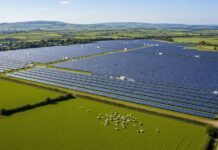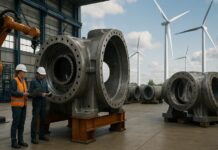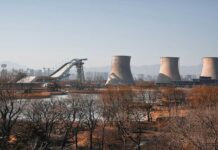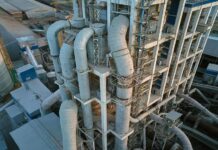According to LevelTen Energy’s analysis of the market, trade conflicts, supply chain restrictions, and rising shipping costs prompted prices for clean energy power purchases to increase by 6% last quarter in the US.
As per LevelTen’s P25 National Index for Q2 2022, the cost of solar energy climbed by 3% to $36.33 per MWh, while the cost of wind energy increased by 13% to $33.91 per MWh. Gia Clark, senior director of developer services at LevelTen, stated in the analysis that in addition to ongoing problems like connectivity and late delivery, the Commerce Department’s inquiry into the Auxin Solar tariff petition and record-high inflation have intensified ambiguity for solar developers.
A third of developers polled by LevelTen in the third quarter said they needed more assurance about the investigation’s potential outcome, despite President Joe Biden’s announcement of a two-year suspension of new tariffs on photovoltaic panels imported from Southeast Asia that are the focus of the Commerce investigation.
For the past two years, US developers have struggled with projects’ escalating costs, which have included everything from labour and materials to shipping fees and site leases, according to Clark. They might be settling into a new baseline where everything is getting more expensive, including PPAs, like so many other aspects of daily life.
Solar costs in MISO have increased by 15.66%, or $6.20 per MWh, and are now at $45.80. The cost of solar energy from MISO has increased by 29.6% since last year. Solar costs in PJM increased by $3.00 per MWh, or 6.8%. They have increased by 31.1% year over year. In addition, although solar prices have only climbed by 1.6% in SPP, year over year, they have increased by 41.8%.
In contrast, 3 out of 5 ISOs saw an increase in wind prices, according to LevelTen’s research. In SPP, wind prices increased by 16.2%. They have increased by 42% year over year. Prices for ERCOT P25 wind energy increased by $9, or $2.40 per MWh. MISO wind prices increased by 1.3%.
In recent quarters, wind costs in SPP have increased significantly, according to LevelTen’s VP of Energy Marketplace, Rob Collier. Although the market has a sizable potential for wind energy, a lack of transmission capacity makes it difficult for wind generators to deliver their production to the market, leading to major negative wholesale price setting occurrences and production restrictions that developers may be factoring into their PPA prices.
Collier stated that the effects of poor transmission networks and the phase-out of production tax credit subsidies are reflected in PPA prices. LevelTen’s PPA market study from April forewarned of rapidly rising development costs brought on by a widening supply-demand gap. During the first quarter of 2022, PPA costs grew by 9.7%, reaching about $40 per MWh.
To obtain the funding necessary to build solar and wind projects, most developers depend on PPAs with businesses and other significant energy consumers. According to the firm, the cost models used to price PPAs are growing more cumbersome as supply chain, interconnection, and regulatory issues make it difficult to estimate construction costs and schedules.
































